Beyond the Organic Label: Understanding What's Really in Your Bedding
Is that "organic" label on your bedding truly a guarantee of purity, or is it just another marketing tactic?
While "organic" bedding sounds reassuring, the label often applies only to raw materials—not the entire manufacturing process. Understanding certifications and recognizing greenwashing tactics is crucial for making informed decisions about what you sleep on.

What Does "Organic" Really Mean in Bedding?
Many consumers assume that an "organic" label means their bedding is free from harmful substances and produced sustainably from start to finish. However, the term "organic" is often applied only to the raw cotton itself—not the entire manufacturing process.
For example, some bedding labeled "Made with Organic Cotton" contains as little as 10% organic fiber, with the remainder consisting of conventional cotton or synthetic materials. Without stringent processing regulations, organic fibers can still be subjected to bleaching, formaldehyde treatments, and synthetic dyeing methods that introduce petrochemical-derived residues.
This is where third-party certifications become essential. Not all organic certifications are created equal, and some offer much stricter guidelines than others.
Understanding Bedding Certifications
Textile certifications help ensure that organic claims aren't just marketing buzzwords. Here's how some of the most recognized certifications compare:
Comparing Textile Certifications
While all three of these certifications offer different benefits, only GOTS ensures that a product is both organic and processed under strict environmental guidelines.
Greenwashing in the Bedding Industry
Many brands market their bedding as "eco-friendly" or "natural," but without transparency or certifications, these claims are often meaningless. Greenwashing tactics can make it difficult to determine whether a product is truly sustainable.
Without proper certification, terms like "eco-friendly," "natural," and "green" have no legal definition in textiles.
Here are some of the most common deceptive marketing practices:
- 🌿 Vague Language: Terms like "eco-friendly," "natural," "sustainable," or "green" have no legal definition in textiles. A company may use these words without any third-party verification.
- 🔴 Partial Truths: A brand may highlight one eco-friendly aspect of its bedding—such as using organic cotton—while ignoring other problematic practices, like synthetic dyeing.
- ✨ Fake or Weak Certifications: Some brands create their own logos to mimic certification marks, or rely on weaker certifications that only verify fiber content.
- 🌱 Green Imagery Without Substance: Using earthy tones and pictures of cotton fields doesn't mean a product is truly free from harmful chemicals.
The Hidden Chemicals in "Organic" Bedding
Even when the fabric itself is organic, many bedding products undergo processing that introduces synthetic substances. Some of the most common chemicals found in conventional textiles include:
Common Chemicals in Conventional Bedding
- Formaldehyde: Often used in wrinkle-resistant and stain-resistant treatments, formaldehyde can cause skin irritation and respiratory issues.
- Chlorine Bleach: Commonly used to whiten fabric, chlorine can leave behind toxic residues that may be absorbed through the skin.
- Petroleum-Based Dyes: Synthetic dyes, including "low-impact dyes," are still derived from fossil fuels and may contain heavy metals or other chemical binders.
- Silicone-Based Softeners: While they create a smoother texture, these softeners reduce fabric breathability and can contain endocrine-disrupting compounds.
If bedding has been treated with any of these substances, it can no longer be considered truly organic—regardless of whether the cotton itself was grown organically.
Why It Matters for Your Health and Sleep
The textiles you sleep on are in direct contact with your skin for 6-8 hours a night. Over time, exposure to residual chemicals in bedding can contribute to skin irritation, allergies, and even long-term health concerns.
People with sensitive skin, eczema, or respiratory conditions are particularly susceptible to the effects of fabric treatments, making it essential to choose bedding that is free from synthetic chemicals. Research has shown that textile dyes and finishing agents can cause allergic reactions in individuals with chemical sensitivities.
Beyond personal health, synthetic processing methods contribute to environmental damage, with textile dye runoff being one of the largest sources of industrial water pollution. By choosing bedding that is truly natural, consumers can reduce both their chemical exposure and their ecological footprint.

How to Choose Truly Natural Bedding
Finding truly organic bedding requires looking beyond marketing claims and understanding how a product is made. Here's what to check before purchasing:
- 🔍 Certifications Matter: Look for GOTS for organic integrity, OEKO-TEX for chemical safety, and Bluesign® for responsible manufacturing.
- 🌿 Check the Full Process: Organic cotton is only part of the equation. Make sure the dyeing and finishing methods are also free from petrochemicals and synthetic softeners.
- ⚠️ Avoid Greenwashing Terms: If a product is labeled as "natural" or "eco-friendly" but doesn't disclose its certifications or ingredients, it's likely a misleading claim.
- 🔎 Transparency is Key: Brands that are truly committed to sustainability will clearly disclose their entire process—from fiber sourcing to final finishing.

The Future of Organic Bedding: Pushing for Transparency
The future of the textile industry is shifting toward greater accountability. As consumers become more informed, companies that engage in greenwashing will face greater scrutiny and demand for real transparency.
Brands that prioritize full disclosure, responsible sourcing, and clean processing methods will define the next generation of organic textiles. The best way to encourage this shift is by asking the tough questions, demanding ingredient-level transparency, and choosing bedding that prioritizes health over convenience.
A truly organic product is not just about fiber—it's about the entire journey from farm to fabric.
The more we push for accountability, the better the industry will become for our health, our sleep, and the planet.
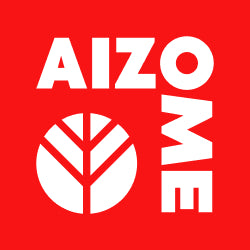
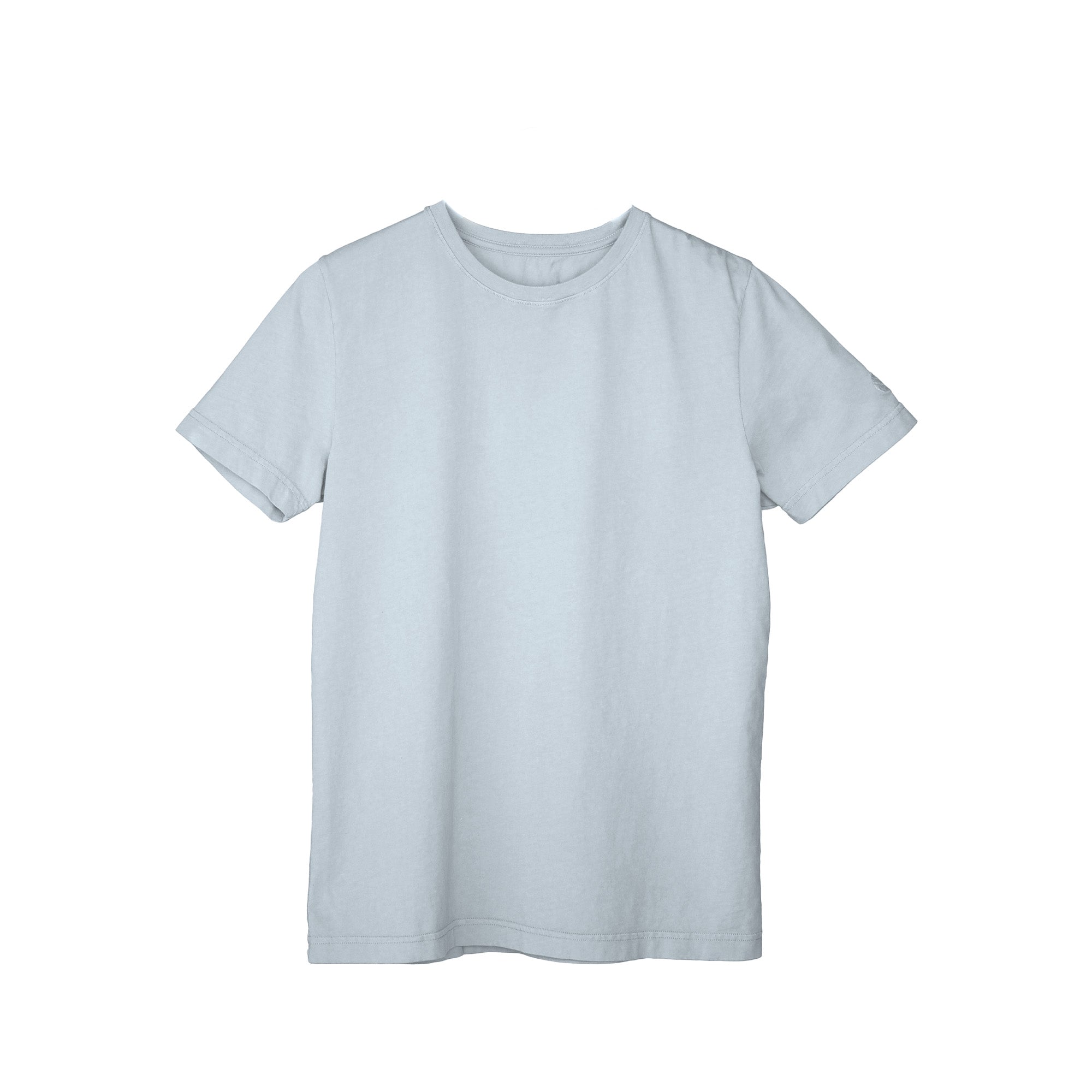

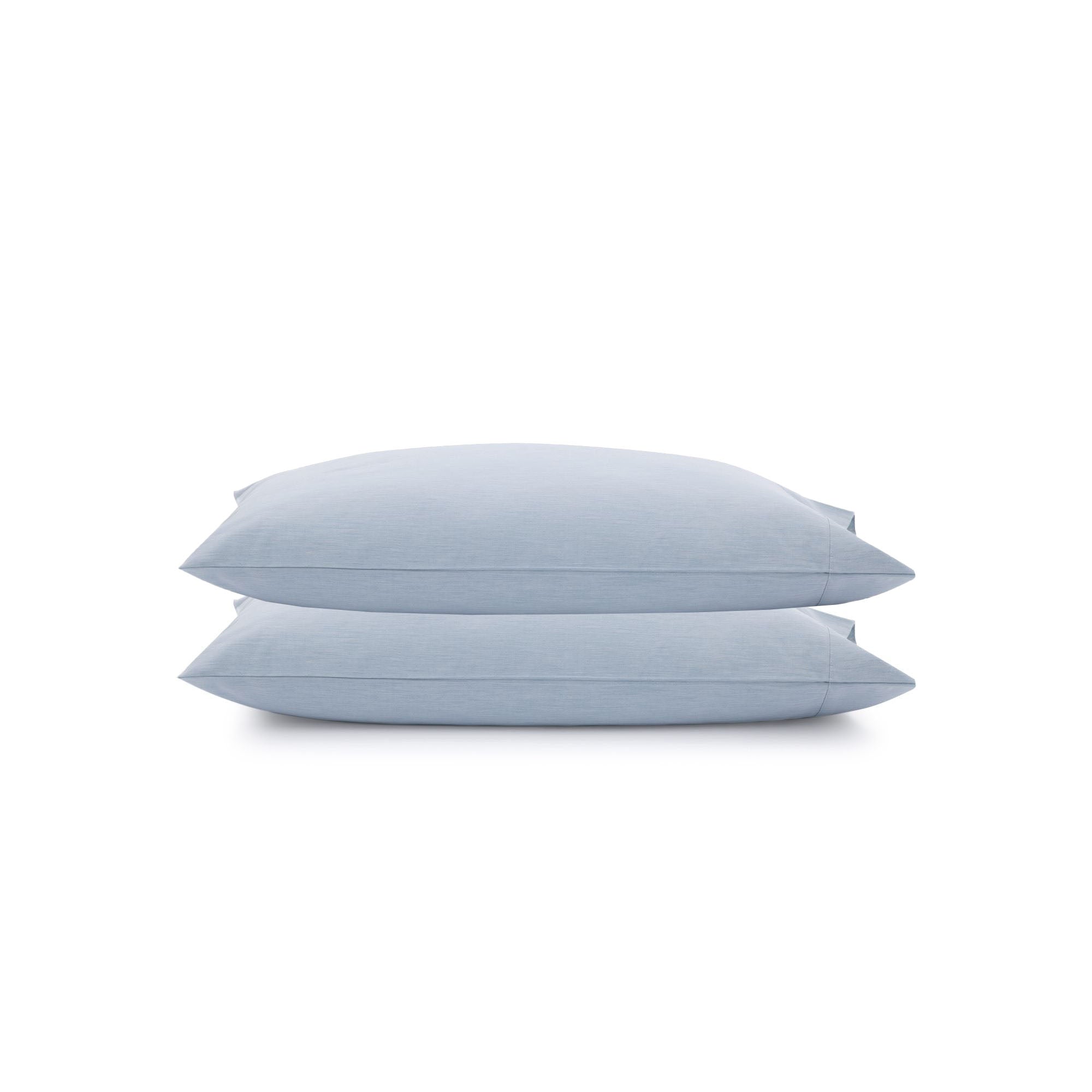
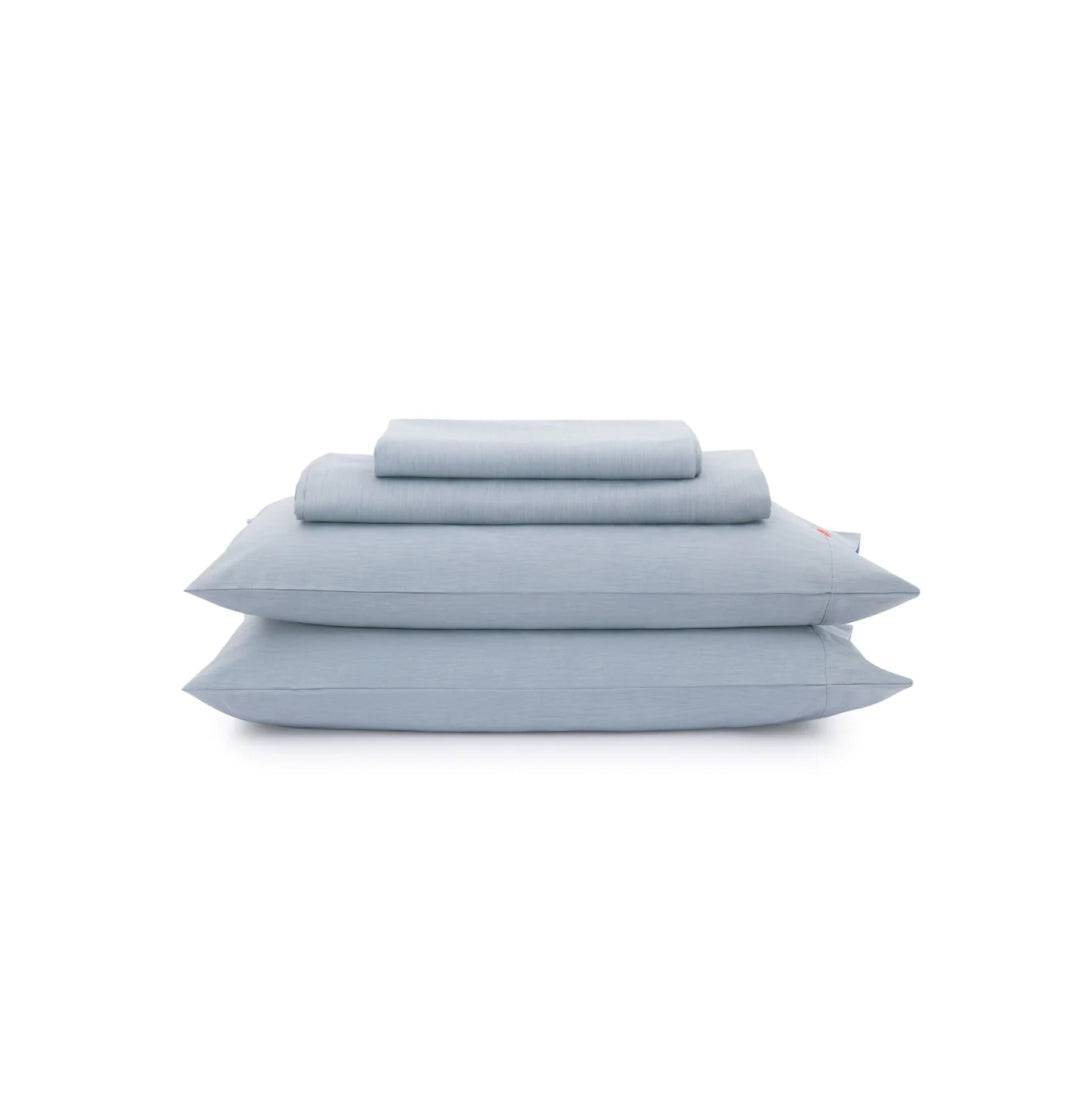
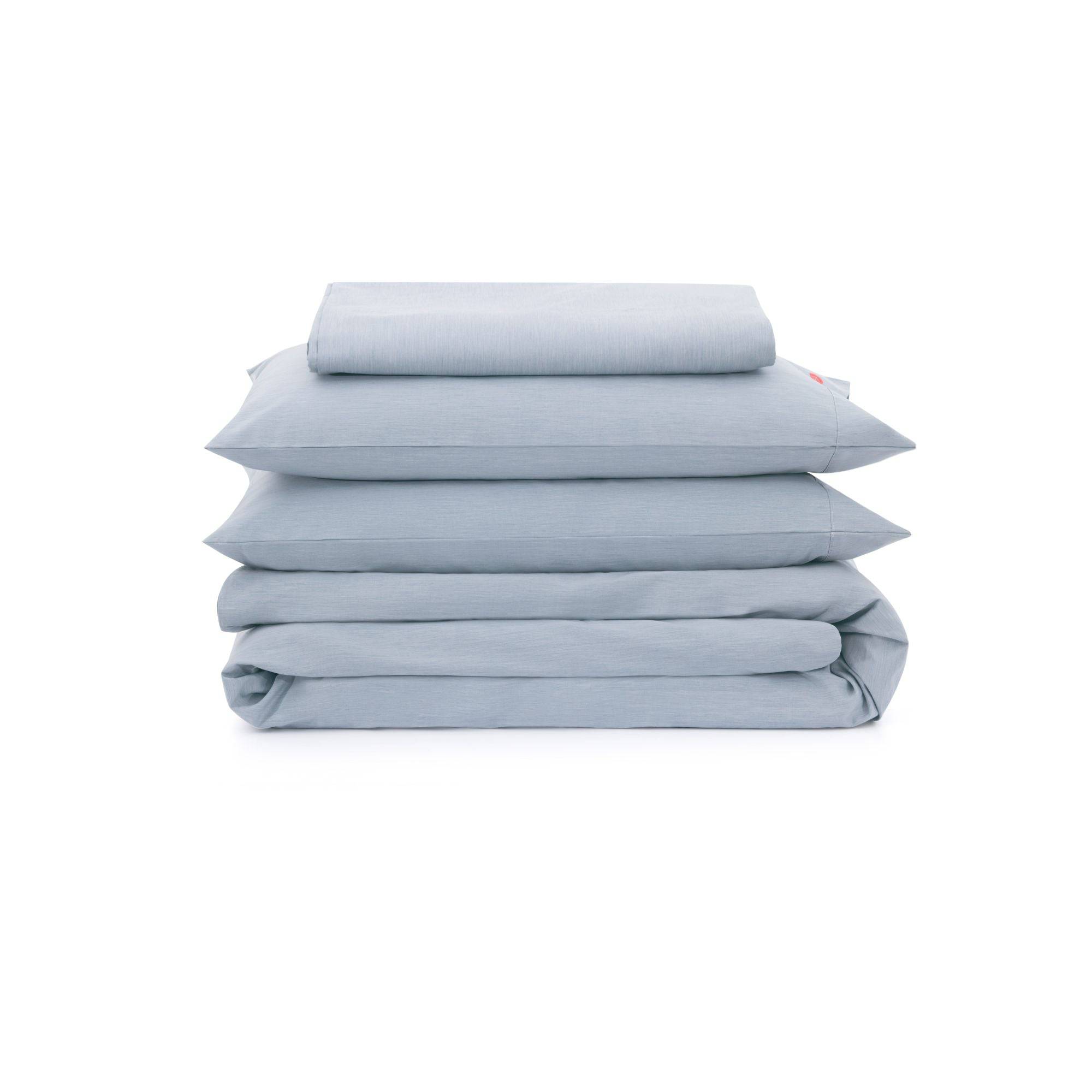
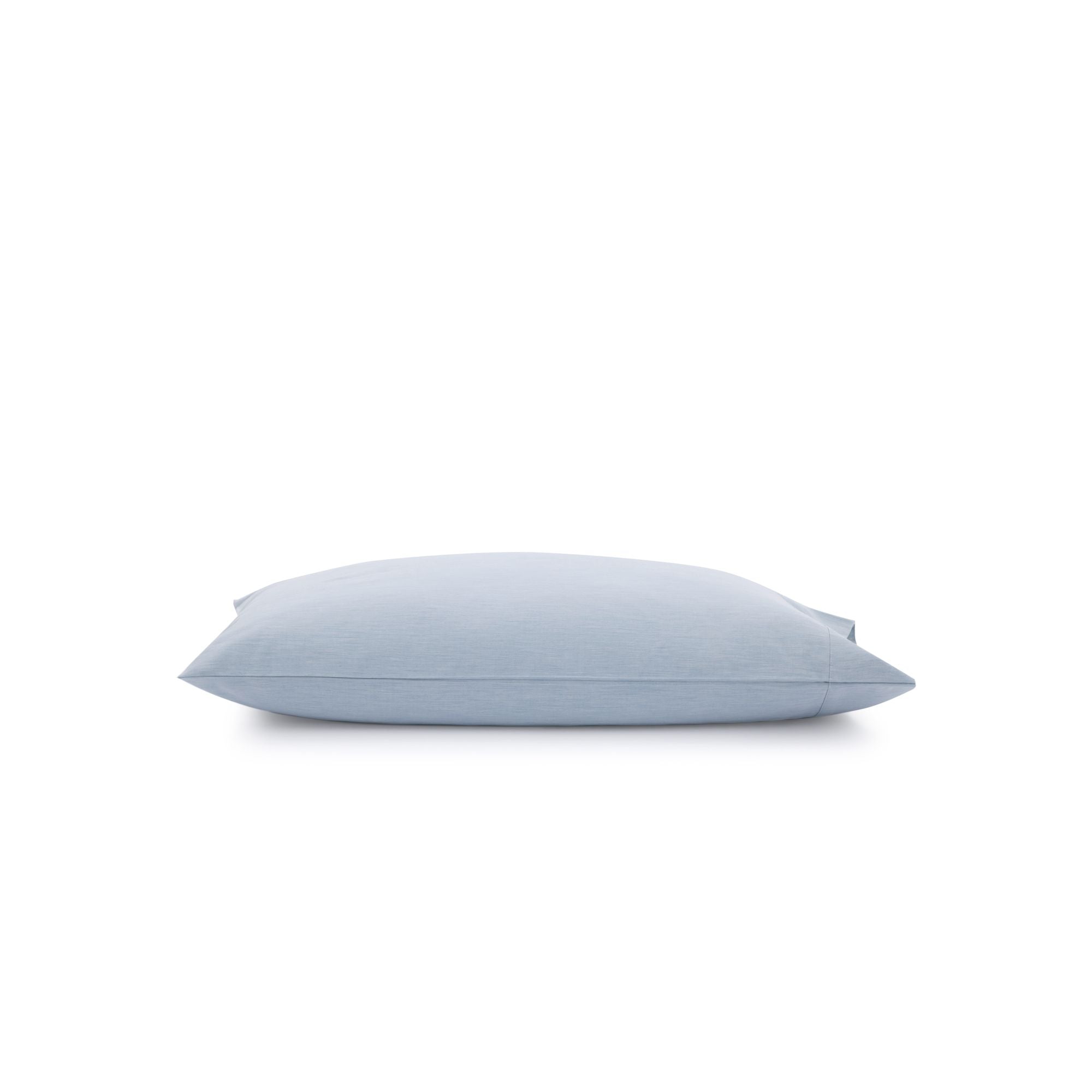
 Bedding
Bedding
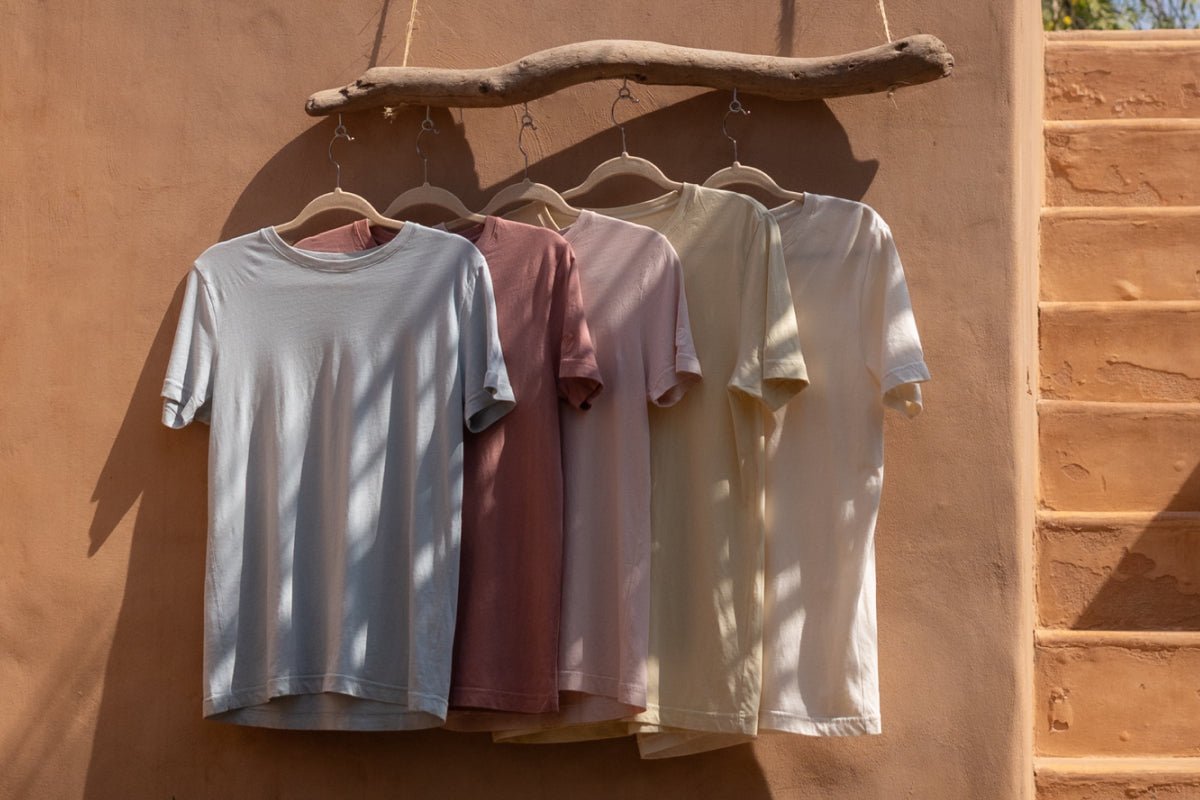 Clothing & Accessories
Clothing & Accessories
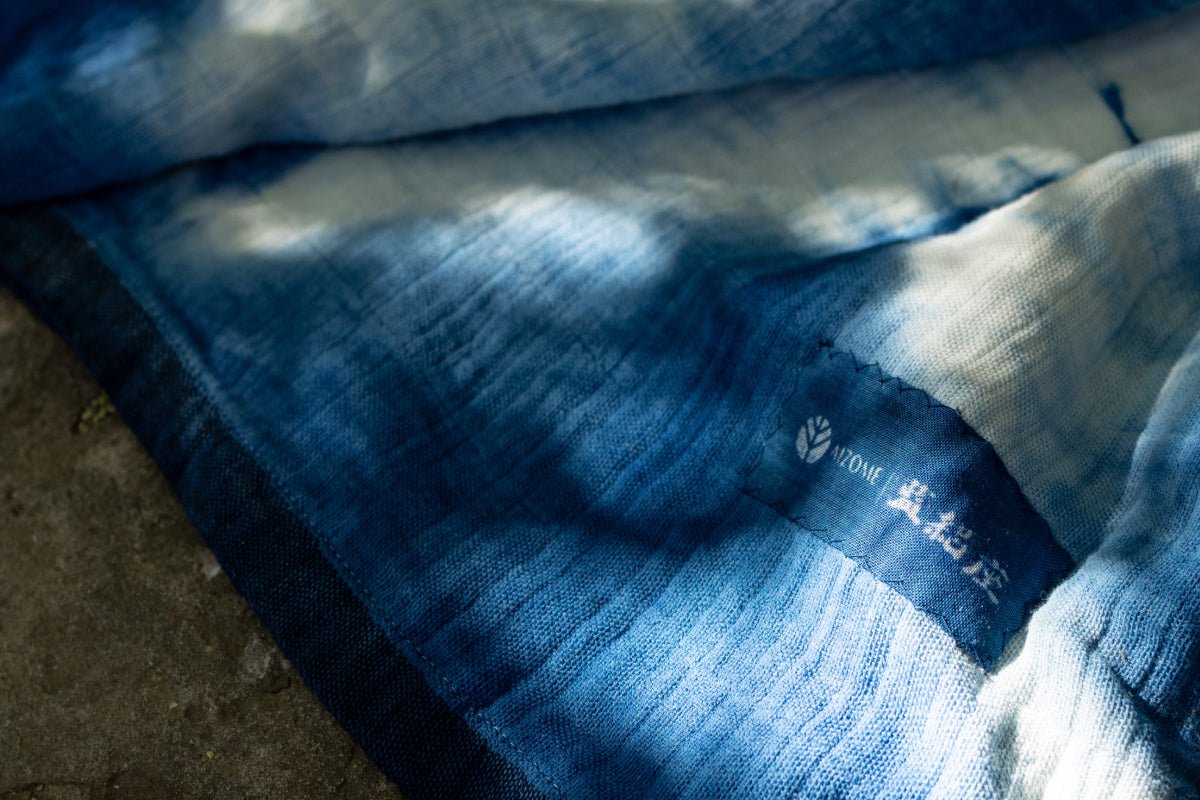 Artisan Line
Artisan Line



Leave a comment
All comments are moderated before being published.
This site is protected by hCaptcha and the hCaptcha Privacy Policy and Terms of Service apply.